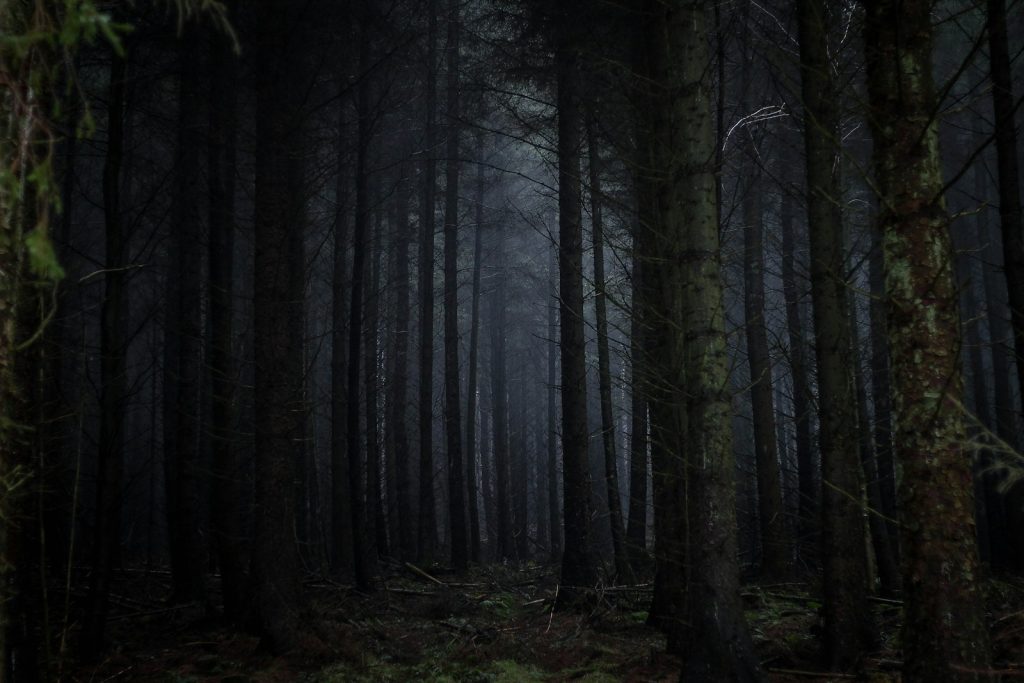When someone suggested recently that I write more about my Wendish heritage, I laughed, knowing folks were tired of the stories aboit my Texas Wendish ancestors from Germany.
“Besides,” I said, “I am only half Wendish, and it’s time to look at the other half of me.”
And it’s especially arresting because the other half is German, and it’s an understatement to say Germans didn’t like the Wends, my father being the exception, because he liked everybody.
The “dislike” was obviously cultural and geographical, just as some Texans don’t like folks living west of Nevada. The Wend/German differences are far more complicated.
Over the years, my brother was motivated to do research on family history on our father’s (German) side, while I preferred to research our Wendish forebears.
It’s probably not wise to compare land masses of different sizes and shapes, but that’s exactly what I am going to try to do. My Wendish ancestors came from Lusatia, in Saxony, in Germany. That is located on the mid East Coast of Saxony. My German forebears lived on the far southwest bottom of Germany, in the “Schwartze Wald” (the Black Forest) in Wuertemberg, Germany (now Baden-Wuertemberg).
That’s about as cross-cultural as you can get. From a geographical point of view, that would be sort of like living in Virginia on the East Coast versus living on the most southern, most western edge of California.
The lovely Lusatian Mountains are in Upper Lusatia, but much of the area is low hills, and also very beautiful. The people speak both Wendish and High German (Berlin German).
The ancient Romans gave the area in Wuertemberg the name “Black Forest,” because the huge fir trees grew so thick together there was very little light in the forest. Also the fir trees were a very dark green. It was believed that all sorts of supernatural creatures lived in the Black Forest, — like werewolves and dwarves, who were callled “Moosleute” (Moss People) or “Holzleute” (wood people).
The sinister side of the Black Forest motivated such folk tales as “Hansel and Gretel” and “Little Red Ridinghood.“
Although Lusatia seemed bright and sunny compared to the Black Forest, the Wends also produced some very eerie, frightening folk tales, about which I have written in previous columns.
The inhabitants, like my father’s forebears, living in the small villages in the Black Forest spoke various Black Forest dialects, which the Wends called “Low German,” — but they are dialects, not Low German. Because of this dialect, my mother and her family had a little difficulty understanding my father when he spoke German.
Eventually the Texas Wends and Germans came to speak “Lee-County,-Texas- German” (now having been officially documented by the University of Texas German Department).
I am eager to learn more about these Black Forest Germans who are a part of my heritage.
Ray Spitzenberger is a retired WCJC teacher, a retired LCMS pastor, and author of three books, It Must Be the Noodles, Open Prairies, and Tanka Schoen.
